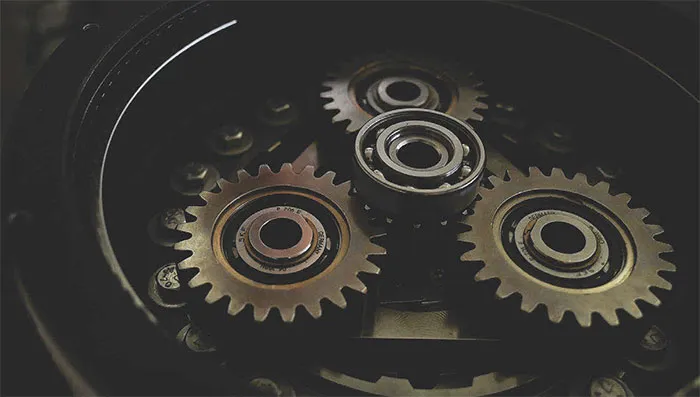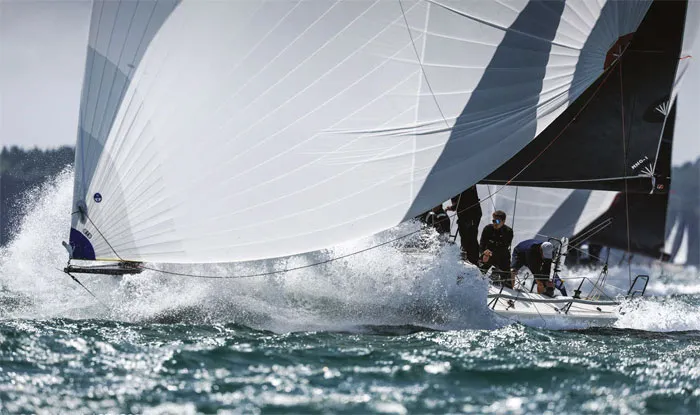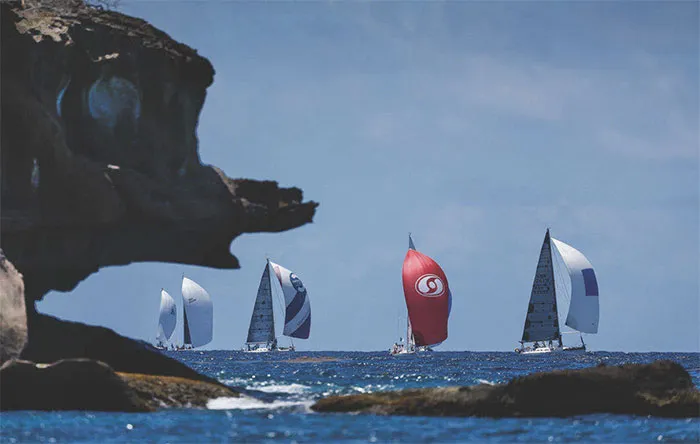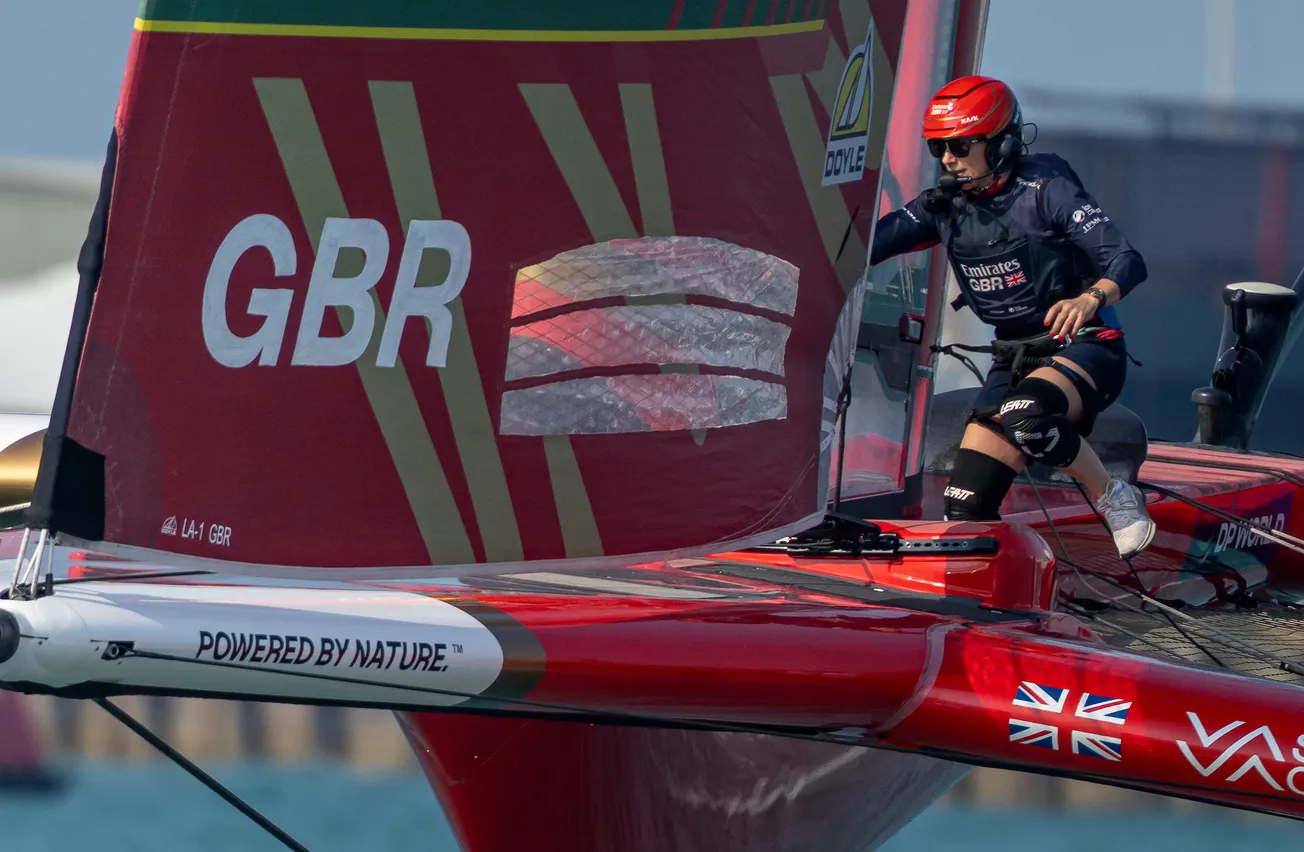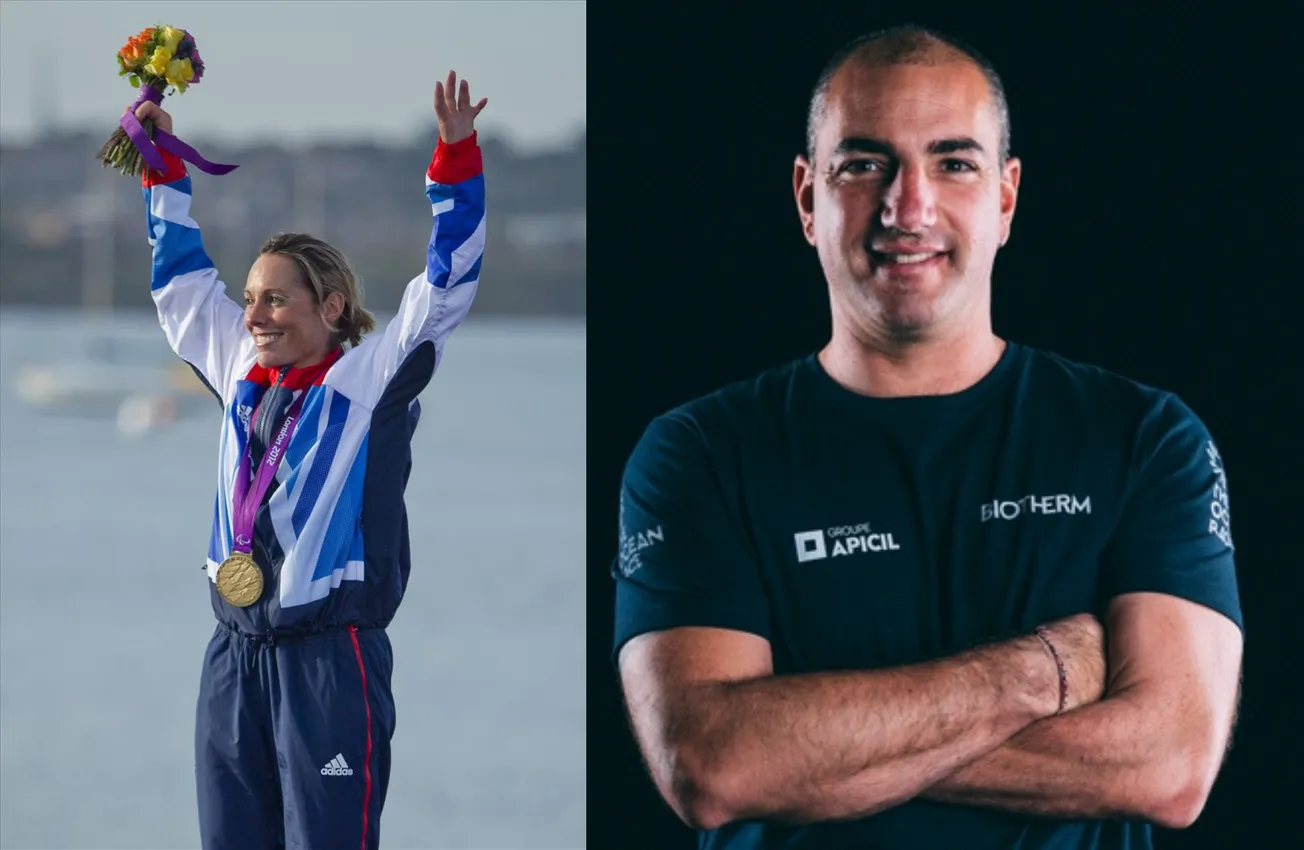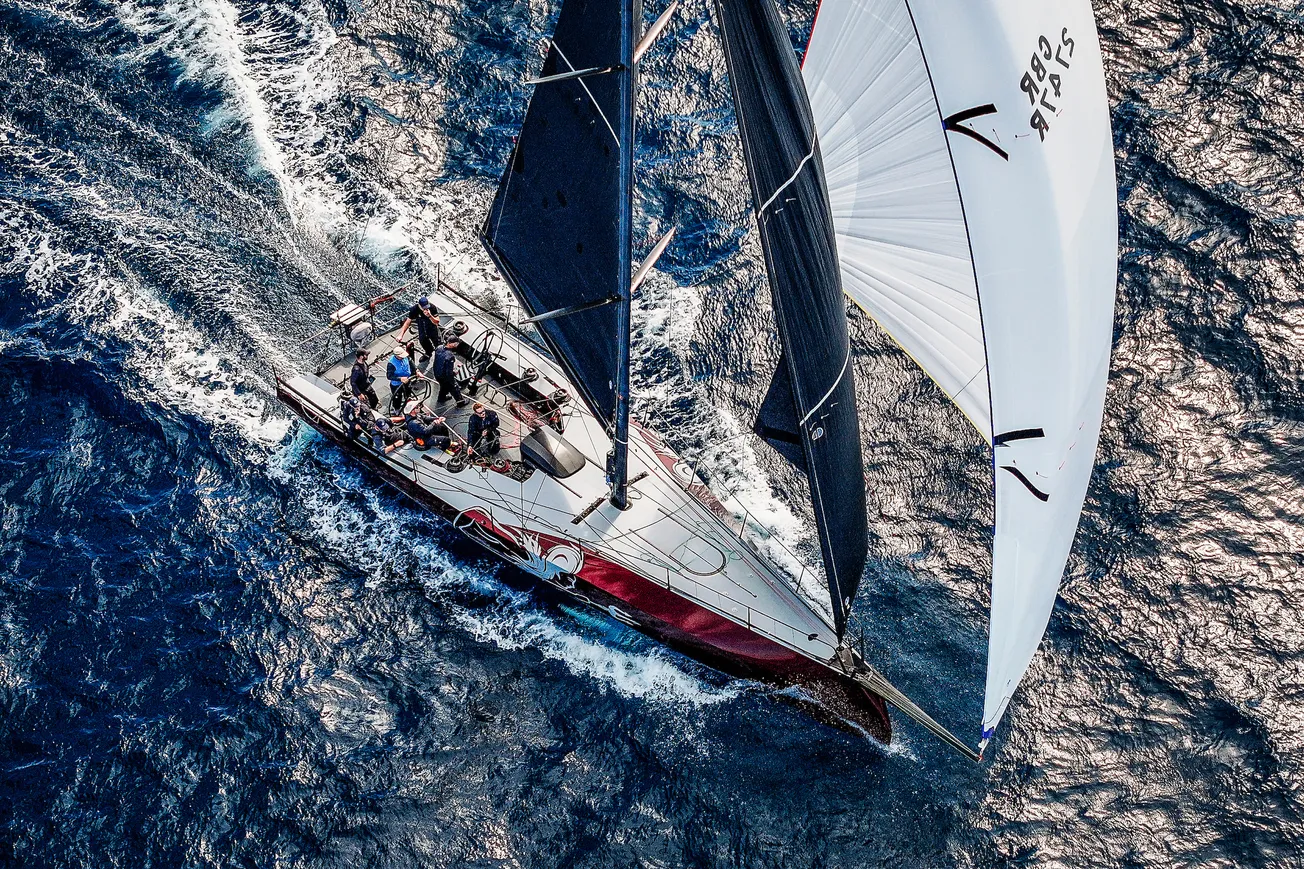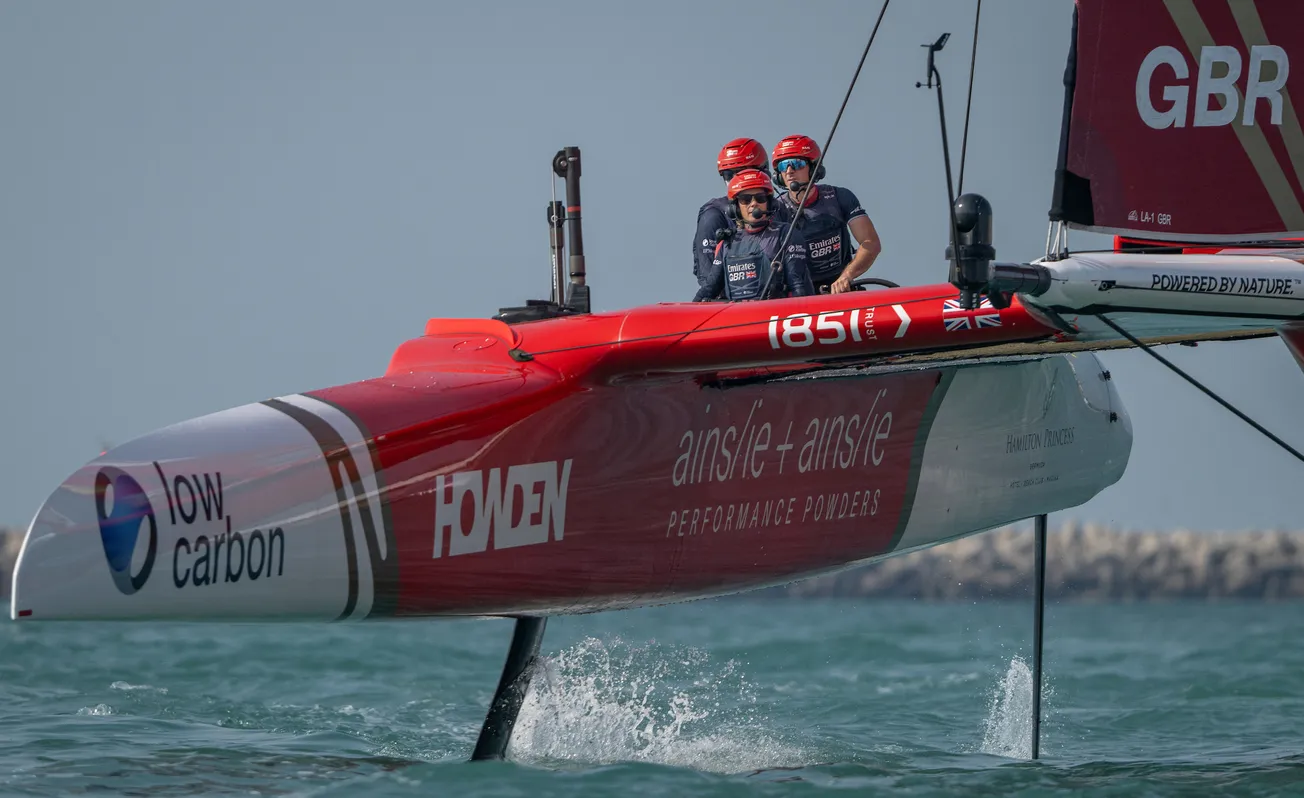Harken has long been known for its pioneering range of winches, where forward-thinking design translates directly to high performance on the water.
Take the Harken Air winch for example – found on grand prix raceboats across the size range, from Ultims to Imoca 60s, TP52s and now also Class40s, thanks to the new 180 model. Its signature cavity design eliminates weight, while its larger drum diameter allows speedier performance and its unique low profile lets you know at a glance that it’s Harken.
Decades spent working with the world’s top raceboats has meant that, largely thanks to racing rule mandates, Harken most often designed manual winches first and later evolved them as divisions allowing powered winches began to debut. The result has been again unmatched performance. One thing remains true, a human turning handles understands precisely when a shift should be made given the day’s breeze and sail combination. Work on making a powered equivalent has been ongoing – until now.
Just unveiled is the new DynaDrive range – Harken’s first line of winches designed, from the first meetings, to be powered. Designing this unique product line has meant a revolutionary approach: with the motor cleverly positioned within the drum itself, the rest has followed.
The result is an ultra-compact unit that provides space-saving efficiencies to appeal to yacht designers, a smooth end-user experience to please any crew, and a slick aesthetic to delight the most discerning of owners.
Simplicity is key. With no human power input required – no winch handles, no coffee grinders – operation is a straightforward push-button affair. DynaDrive winches are virtually maintenance free, simply requiring an annual professional service thanks to the oil-bath lubrication system, representing a significant time saving for busy crew.
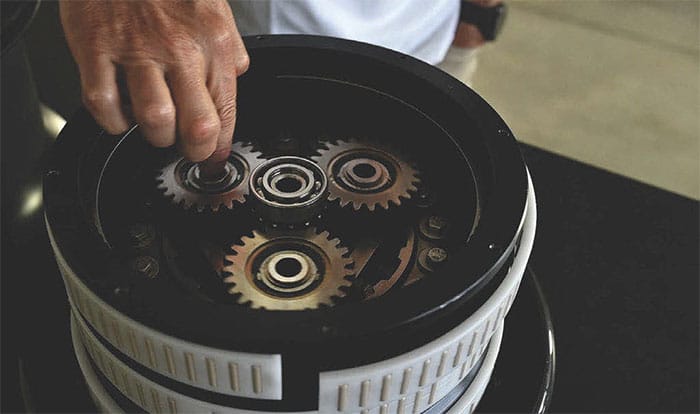
Working from the drawing board up around a motor for the very first time has enabled the Harken team to take a “blank sheet of paper” approach to the winch’s componentry and geometry in order to realise the overall goals of the product.
Mark Wiss, global sales director, explains: ‘Focusing on performance, we wanted to create a winch that prioritised ease of use whilst maintaining a high level of output, capable of pulling 9-11 tons. This makes DynaDrive a perfect solution for performance cruisers in the 100ft+ range, particularly those taking on longer passages – perhaps going trans-ocean – or those who choose to compete occasionally in top regattas such as the Superyacht Cup or St Barths Bucket.
‘Whenever a professional race crew steps onto a boat, they expect to find winch packages that deliver performance on demand,’ Wiss explains. ‘So we wanted to deliver a product that could be pushed hard when needed, and that, day-to-day, would give owners, guests and full-time crew complete ease of sailing.
‘At the same time we also wanted to innovate by providing space savings to yacht designers looking to maximise headroom down below, and all the advantage that can bring. We know that the space between the headliners and the deck is always at a real premium.’
The DynaDrive range is the outcome of an intensive four-year period of design, testing and development, that’s been led by Michele Cazzaro, head engineer.
‘Re-thinking the configuration of the winches required a completely different approach to the composition of the winch,’ says Cazzaro. ‘By locating the gearing transmission at the top of the column, we have created vertical space within the drum to accommodate the motor.’
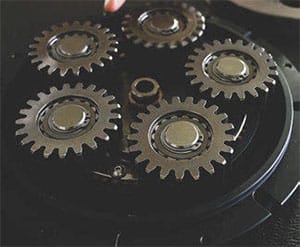
With the motor itself mounted almost entirely inside the winch, only a small portion of it emerges at the base, resulting in a much more compact unit. By comparison, Harken’s other powered winches, being retro-designed, require significant additional space at the base of the unit as this is where the motor and leads are sited.
To accommodate this forward-thinking configuration, Cazzaro and his team selected an epicyclic gearing arrangement: a space-efficient system consisting of two types of smaller planetary gears rotating around a central main gear system.
This isn’t the first time Harken has incorporated epicyclic gearing in winches. However, in developing the DynaDrive range the concept has been further refined for even greater efficiency; as such, DynaDrive is capable of outputting very high line speeds.
As DynaDrive winches are designed from the outset to be powered, the use of these more compact and complex gear mechanics don’t compromise the overall efficiency as you might think. Rather, Harken’s approach has enabled them to prioritise performance optimisation through careful choice of both hydraulic and electric motor options, which ultimately gives the capability to have a continuously variable speed range.
As a result, DynaDrive’s performance curve shows a much more even distribution of torque and line speed across the full power range. In contrast, manual winches typically operate at discrete line speeds – for example, four, 30, and 100 metres per minute – and require a physical gear change when the winch stalls at the edge of a gear's capacity, so noticeable jumps occur in load and speed. Cazzaro points out that these jumps can make manoeuvres feel “discontinuous” – less than ideal, particularly in a race situation.
By carefully selecting the powered inputs, with DynaDrive these transitions are all but eliminated, which translates to a significantly smoother experience for the end user. ‘The hydraulic or electric motor reduces the speed versus the line loads continuously,’ Cazzaro explains.
Thanks to DynaDrive’s extremely broad performance curve, gear changes are required far less often. And, when they do occur, transitions are notably smoother.
‘Overall, to the end user, that manifests as a very different feeling. While there is still some load to it, so you do have that “feel”, ultimately, the transition is far smoother, with fewer actions required as you operate the winch,’ says Wiss.
In refining the componentry used for DynaDrive, the design team has incorporated a flange for direct torque transmission to the drum, which stands it apart from the more typical pinion and ring gear designs. This provides a level of mechanical damping that further enhances smooth operation. Importantly, it also reduces the stress on the winch when the pull is engaged, particularly when switching between gears, which contributes to long-term reliability and helps to minimise wear.
What’s more, because DynaDrive isn’t dependent on the fixed alignment of a pinion gear, there are fewer mechanical restrictions on orientation and load direction. As such, the winch can accept loads from a far greater range of angles, making it more adaptable for a wider range of tasks. Running extensive simulations and dynamic stress tests – particularly focussing on pull and ease sequences – has ensured that every component is optimised for reliability, ease of use and minimal maintenance. For the gearing production, bespoke tooling has been developed by Cazzaro and his team to achieve precise resistance of the surface.
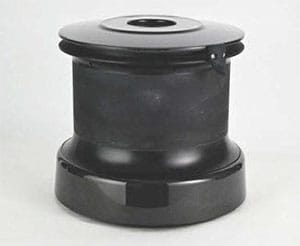
The additional componentry that is necessary to create the epicyclical system does add up when it comes to weight, making the end product slightly heavier than comparable winches which use lighter gearing systems. However, with overall weight less likely to be priority for large yachts where the predominant interest lies in cruising, Cazzaro does not view this as a negative – particularly when balanced against the advantages of greater efficiency.
‘Ultimately we chose to use this technology because it gives the capability to create compact gearing with high density of power,’ he says. ‘The innovation comes not in our choice of epicyclical gearing, but in its ability to free up the internal space in the drum for us to be able to design around our motor of choice and create a credible and compact unit.’
And, Cazzaro adds, the innovation won’t stop there. Future enhancements already under consideration include a joystick control option, delivering the next level in usability.
With many years of experience in advising on bespoke packages, the Harken team is well versed in creating solutions and working with yacht designers, owners and crew to find the optimum products. Of course, the new DynaDrive range is no exception, comprising a range of different winch sizes. Each of these is available in the same variety of finishes as standard Harken winches, which can enhance any yacht’s preferred visual style, from a cutting-edge-carbon look to a range of eye-catching polished metallics.
Click here to watch a DynaDrive introductory video »
Click here for more information on Harken »


